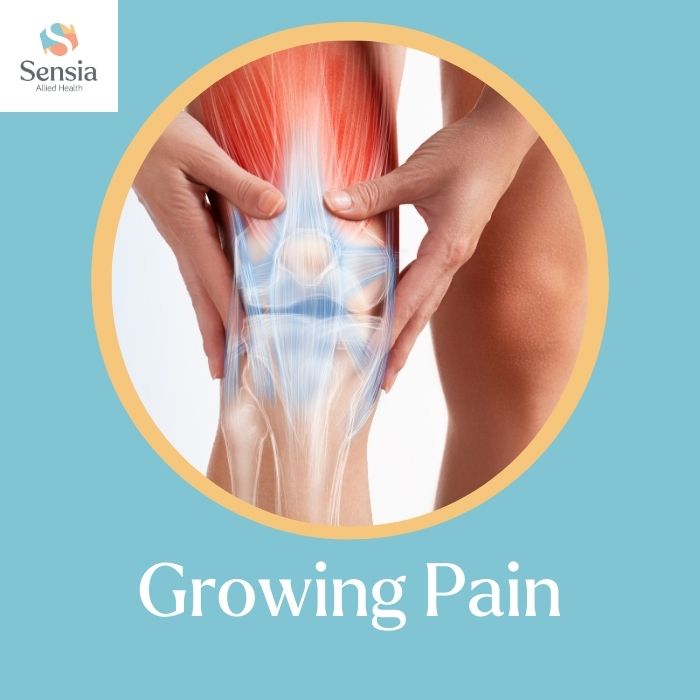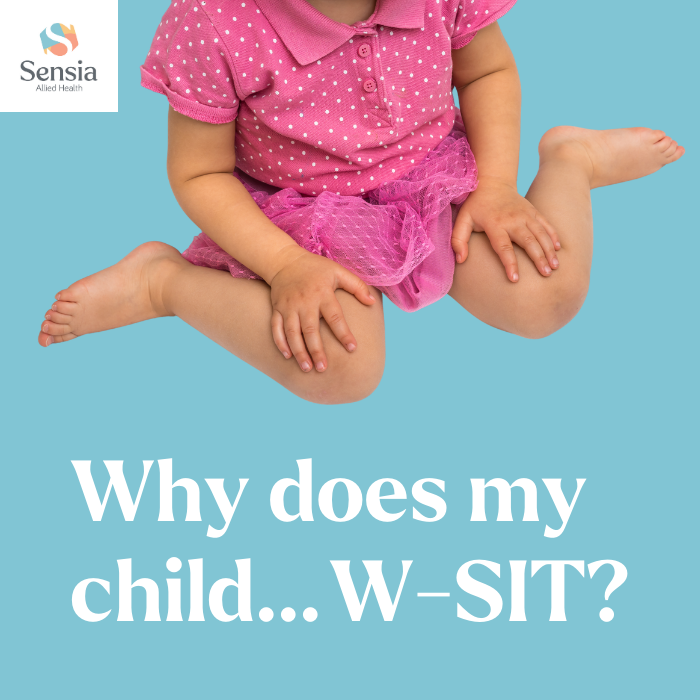Growing Pains
What is “Growing Pain”?
“Growing pain” is a term used to describe children and adolescence experiencing aches and pains, most commonly occurring in the leg muscles and sometimes in the muscles in the arms. Growing pain generally occurs during childhood between ages 3 to 12 years although not all children will experience this. Currently, there is no known cause, and it does not cause any long-term issues. Growing pain ceases when growth stops.

Symptoms of growing pain
- Muscle aches and pains in both legs – typically in the calf, behind the knee and the front of the thigh.
- Pain may also happen in the arms or other parts of the body although this is less common.
- Onset of pain is around the late afternoon or evening and is often worse during the night.
- Sometimes the pain can wake your child up although will usually go away by the morning.
- Pain tends to come and go and does not impact on running and playing normally.
How is it diagnosed?
To be diagnosed with growing pains, a thorough verbal and medical history and physical examination needs to be conducted to exclude all other possible causes to the pain.
How is growing pain treated?
Growing pains usually gets better on their own but you can help ease the discomfort by doing the following:
- Encourage continuing exercise and physical activity as normal.
- Reassure your child that the pain will go away in the morning.
- Gently massaging the muscles in the legs.
- Encourage stretching in the day to help prevent pain at night.
- Using a heat pack or taking a warm bath before bed.
When should I be concerned?
Getting an assessment from a physiotherapist can help diagnose and manage your child’s growing pains. If there are concerns that arise during the assessment, the physiotherapist will direct your child for further investigation with a GP.
You should take your child to the doctor if they are:
- Complaining of pain throughout the day.
- Limping when they walk.
- Appear or feel unwell, has fever or getting loss of appetite.
- Experiencing worsening of pain.
- Getting increasingly painful to be touched.
- Getting severe pain that affects only one leg or arm.
- Feeling persistent and irregular symptoms.
- Swelling, tenderness or redness is present along the leg or arm.



